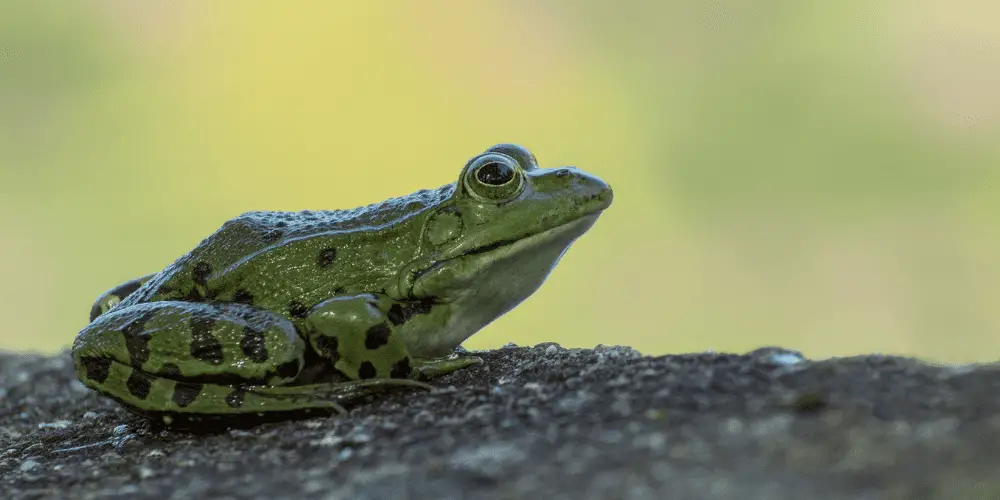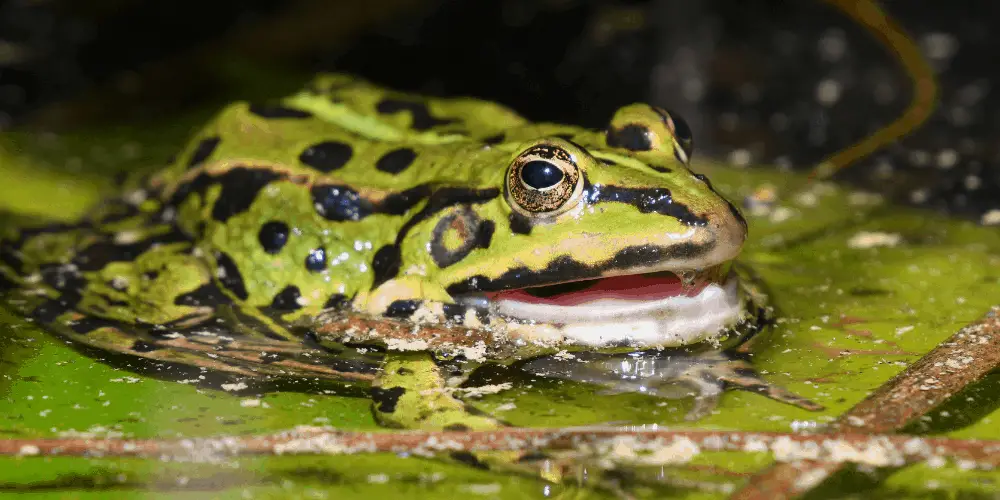Frogs generally appear to be harmless enough and find themselves living in places teeming with other small critters amid vegetation. Since a buffet of potential food sources surrounds them, are frogs omnivores?
Adult frogs, in general, are carnivores, feeding upon invertebrates, insects, and even smaller frogs. However, omnivore species also exist, which also feed on plant matter.
Frogs’ Lifecycle and Their Diet
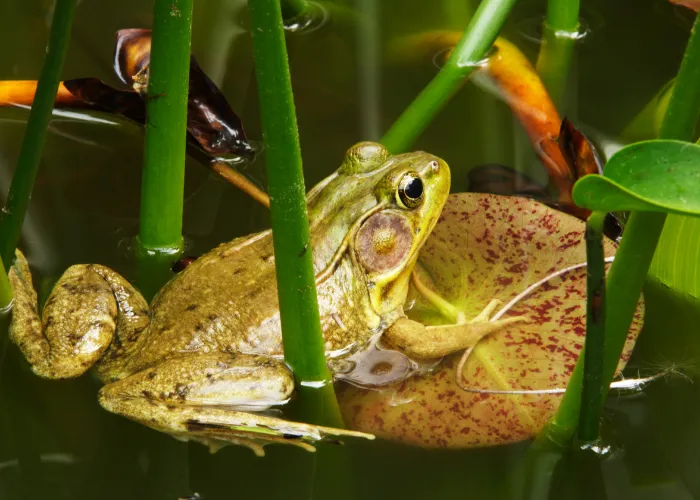
Frogs are a part of an interesting and somewhat bizarre species called amphibians. Amphibians breathe underwater like fish and emerge from the water, exchanging gills for a set of lungs as they mature.
Due to this extreme shift, tadpoles (baby frogs) feed much differently than their mature counterparts.
What Tadpoles Eat
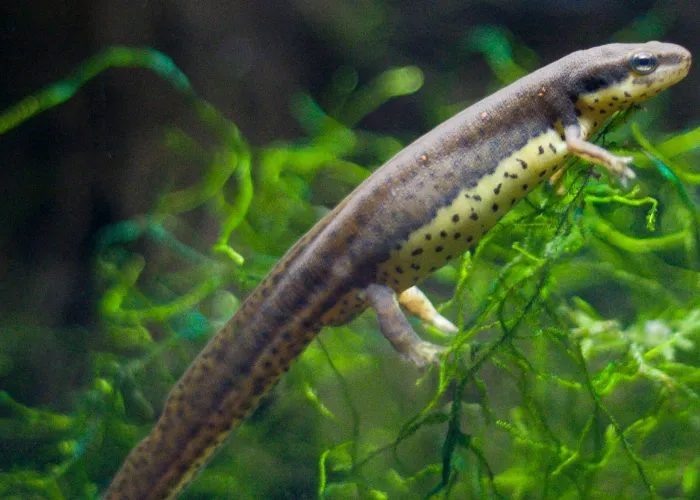
If a frog ever exhibits omnivorous behavior, they are tadpole. Baby frogs will eat their egg upon exit to get a fresh meal before facing the world.
From there, they’ll eat algae, leaves, roots, and other greens that are around their environment. These things will change depending on where they’re located and what kind of vegetation is indigenous.
However, they will eat insect larvae if they’re fortunate enough to stumble upon them, mixing up their diet and supporting that omnivorous behavior. Their tastes shift away from vegetation and hone in on their carnivorous appetites as they get larger.
What Mature Frogs Eat

When a frog is mature enough to leave the water and take in the fresh air, it will be eating a steady carnivorous diet- leaving greens behind. Most frog breeds take about 14 weeks to transform from tadpoles to tiny frogs.
By this time, they are a danger to any living thing that happens to be smaller than themselves. If it will fit in their mouths and is living, the frog will go for it. The keyword for that sentence is “living.”
There’s no scavenging regarding these amphibians. Frogs are less likely to attack or eat anything already dead, as it doesn’t grab their attention. They are only starving, or less than healthy frogs will eat dead insects.
List of What Frogs Eat
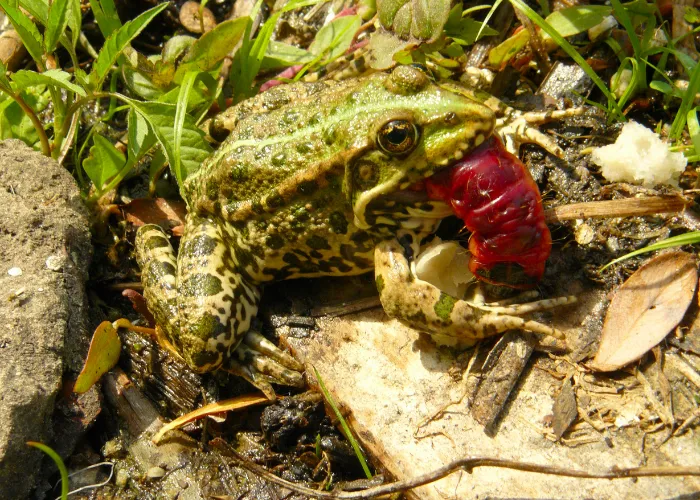
First of all, there are over 7,400 species of frogs out there, living all over the planet. A thorough list of frog food would vary from place to place, climate to climate.
Here are three parent food sources that you can rely on that every frog will eat regardless of where they live to save time.
Insects
Crickets, grasshoppers, and all forms of worms are stapled frog foods. However, this list could be endless if one included all of the insects available to frogs.
Even the most cunning insects that take flight and can zip around speedily like the bees fall prey to frogs’ rapid-firing, sticky tongues. However, the larger the frog, the more giant the insect it’s willing to take on.
Shellfish
Some frogs occupy brackish waters where there may be a variety of shellfish. The “whatever fits into their mouths” mantra also applies to the different kinds of shellfish.
In freshwater, frogs will eat crawfish if they are vulnerable enough.
Small Animals
Frogs have no problem taking on a small mammal or baby lizard. As long as it fits into their mouths, they’ll show no prejudice between animal types. Everything that a frog eats is digested whole (they don’t chew or take bites), so fitting in the first place is so important.
Naturally, the larger the frog, the larger the animal it can consume.
Fish
Frogs don’t go too far to catch a fish, but if they happen to be around a school of minnows, they’ll go for them. The same rule applies to fish as other frogs’ food sources.
The larger the frog, the larger or older the fish they’ll eat if they are in the mood. This is important to realize if you want to place a pet frog in a system with some pet fish. You may wake up to your frog in the tank one day looking satisfied.
Other Amphibians
Frogs hold no partiality when it comes to their fellow amphibians. Salamanders, newts, toads, and other amphibians are just as welcome into a frog’s mouth as anything else- even other frogs!
Yes, a group of frogs can be cannibalistic and eat other frogs, including tadpoles or matured frogs that happen to be smaller. They will not eat frog eggs (or any other eggs, including fish eggs).
Why Frogs and Toads are Good for Gardens
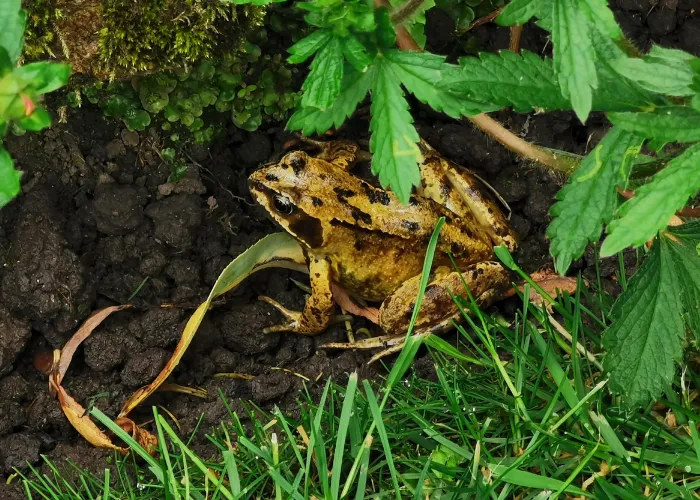
Leave it alone if you’re ever lucky enough to spot a frog or toad in your garden! Frogs and toads are excellent at maintaining the health of a garden.
How? They won’t eat your plants, but they’ll eat the critters who will. An average frog can consume up to 100 plant-eating insects such as beetles, caterpillars, grubs, or slugs in one night.
As we’ve discussed, that’s just the tip of the iceberg of the insects that they’ll eat. If frogs are in your garden, they’re there for a reason: to eat well on those trying to eat your food.
Also, they help out around the yard, eating ants, mosquitos, every variety of flies, and other unwanted and unwelcome insects that are out there. Occasional croaking or chirping is a small price for pest control.
Final Thoughts
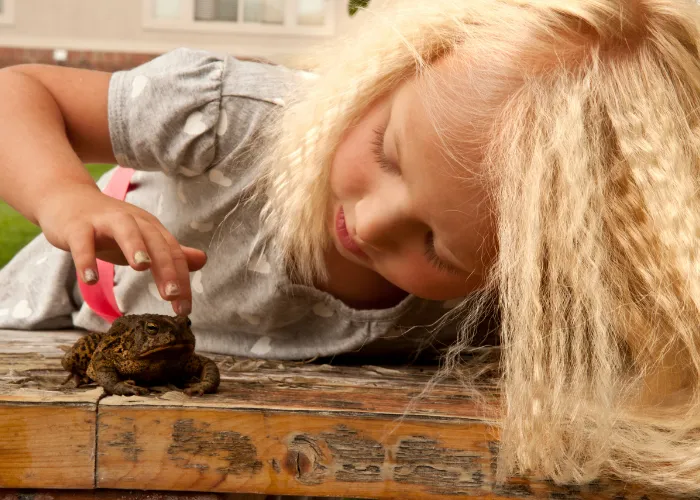
Some people think frogs are cute and enjoy keeping them as pets. The overwhelming majority of frogs are safe for humans to handle and are a safe pet option for children. We generally observe them in pet tanks or sitting on lily pads, peaceably enjoying their day.
However, if you’re a small critter who happens to be smaller than a frog, bumping into one is your ultimate nightmare. A large-mouthed foe wants to eat you alive and can strike you from a distance- no matter what animal you are.
All that said, it’s a good thing for us and our pets that frogs don’t get very big in our world today.
You Can More Frog Topics Below:

